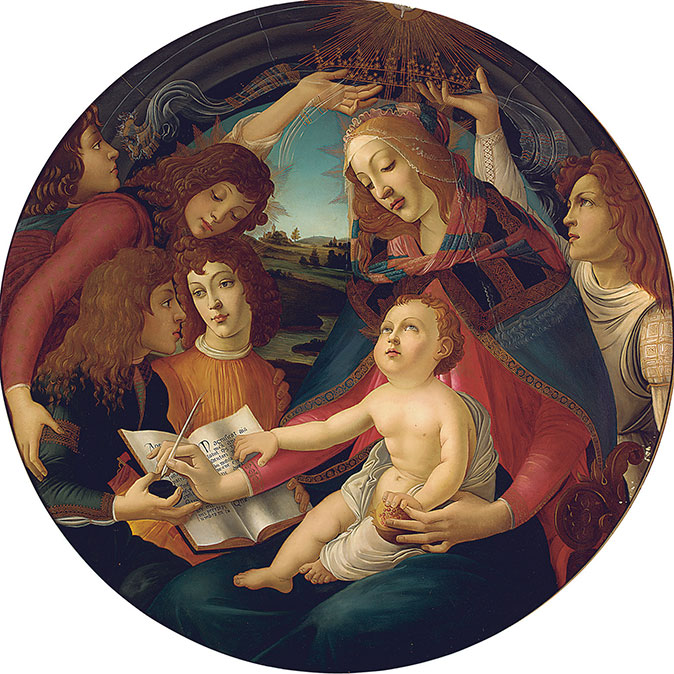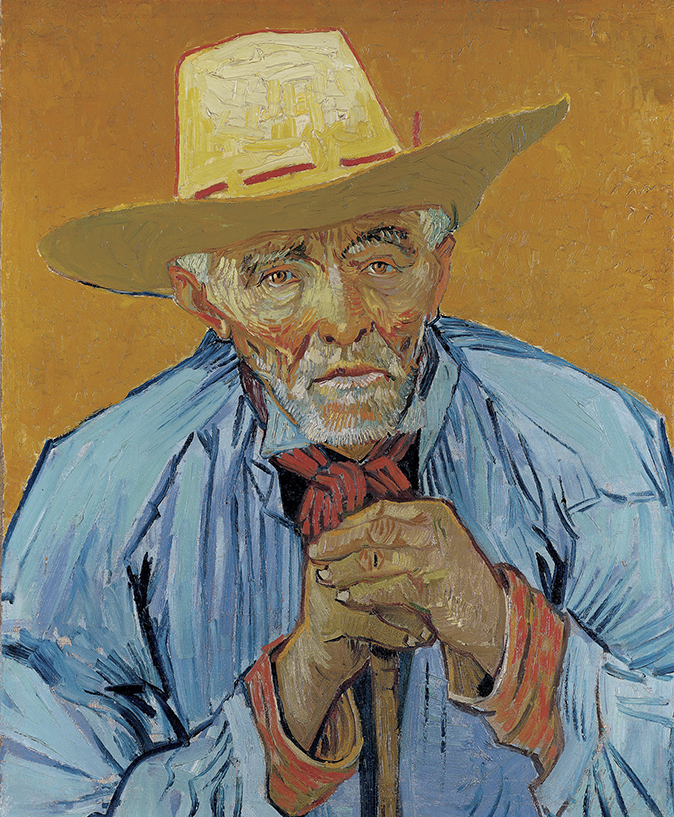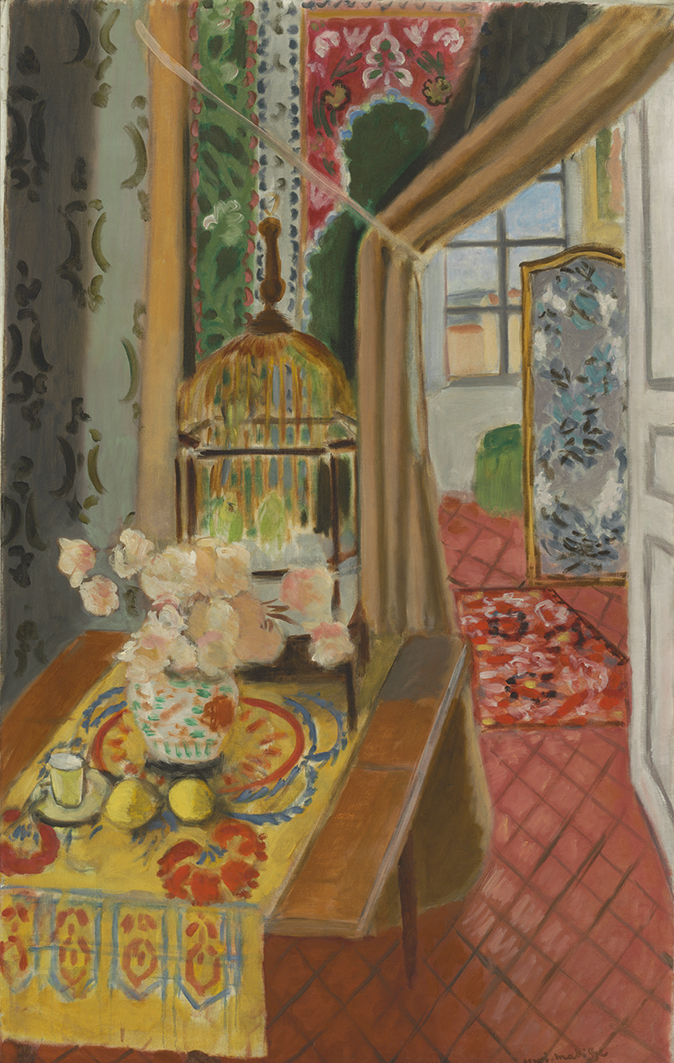My favourite painting: Mark Price
'The picture reminds me of her: I swear she is an angel.'


‘The Madonna of the Magnificent’, 1480–81, by Sandro Botticelli (1445–1510), diameter 118in, the Uffizi Gallery, Florence, Italy
Mark Price says: I saw “The Madonna of the Magnificent” with Judith, in Florence, this May to celebrate our 25th wedding anniversary. The picture reminds me of her: I swear she is an angel. We bought a Victorian watercolour copy a number of years ago and it hangs in our dining room. The detail, particularly the crown being placed on Mary’s head by the angels, is exquisite. The landscape makes me think of the views from our garden as I travel the world. Lastly, when negotiating, I remember Lily, our youngest daughter, saying the picture is wrong as Jesus was black, not fair-haired and blue-eyed. We all see the world through our own lens.
Lord Price is Minister of State at the Department for International Trade. He was formerly Managing Director of Waitrose
John McEwen comments on ‘The Madonna of the Magnificent’: Also known as ‘The Madonna of The Magnificat’, after Mary’s spontaneous prayer when her cousin Elizabeth recognised she was to be the mother of Jesus, Son of God (Luke 1:43–48)—
My soul doth magnify the Lord, And my spirit hath rejoiced in God my Saviour. For he hath regarded the low estate of his handmaiden: For, behold, all generations shall call me blessed
this picture is indeed magnificent: lavishly gilded, its 10ft width enabling almost life-size figures. It was the costliest tondo (round picture or sculptural relief) that Botticelli painted, probably at that date the most revered of all Madonna pictures, which may explain the five contemporary copies from the artist’s workshop that still exist, one of them in the Louvre.
Two angels crown Mary Queen of Heaven. The crown glimmers with stars, an allusion to one of her sacred names, Stella Matutina (Morning Star). Three other angels, the divine rays of the front two barely visible, help her complete writing The Magnificat in a prayer book. The front angel provides the inkwell for her quill. Jesus helps clutch a pomegranate, symbol of regeneration and therefore of his future Resurrection. The seeds and their leathery casing also symbolise the Church—the many united in one.
Exquisite houses, the beauty of Nature, and how to get the most from your life, straight to your inbox.
A stone-framed window reveals a day-lit landscape with a sky of celestial Marian blue, a device Botticelli and other Italian painters stole from the Flemish masters— the likes of Jan van Eyck, Rogier van der Weyden and Hubert van der Goes, whose work arrived in Italy through the growing trade with the low Countries.

My favourite painting: Lord Hindlip
'I’m lucky to have gazed on this picture often. I could live with it and never tire of it.'

My favourite painting: India Knight
'I want to live in the interiors he painted'
Country Life is unlike any other magazine: the only glossy weekly on the newsstand and the only magazine that has been guest-edited by His Majesty The King not once, but twice. It is a celebration of modern rural life and all its diverse joys and pleasures — that was first published in Queen Victoria's Diamond Jubilee year. Our eclectic mixture of witty and informative content — from the most up-to-date property news and commentary and a coveted glimpse inside some of the UK's best houses and gardens, to gardening, the arts and interior design, written by experts in their field — still cannot be found in print or online, anywhere else.
